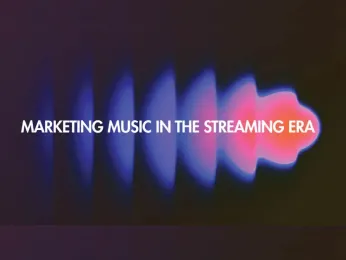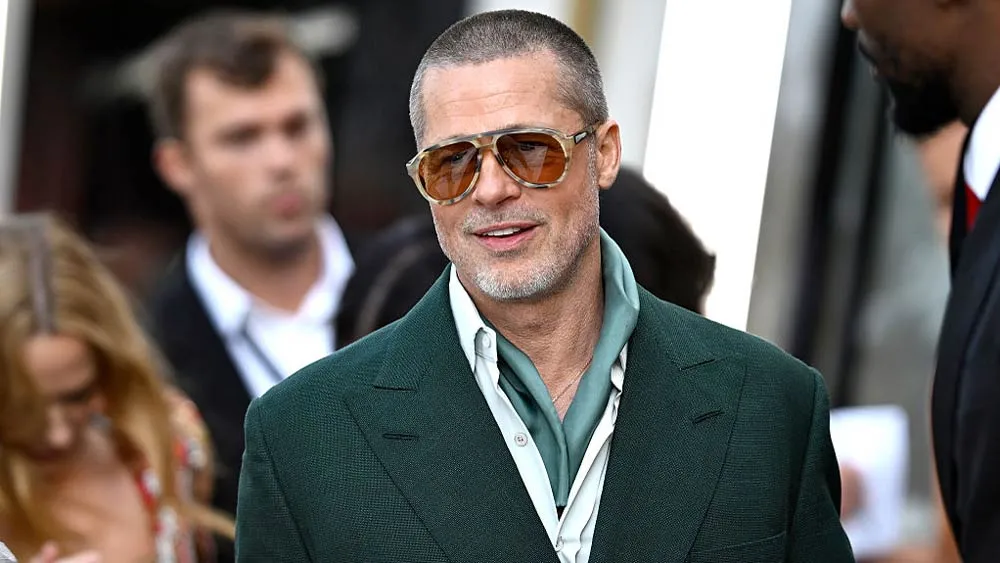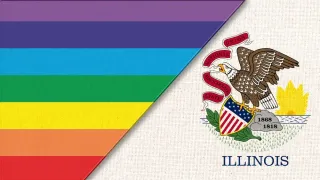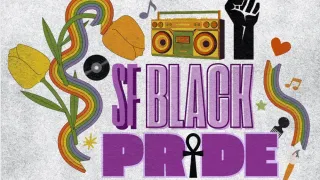
Aug 15
Marketing Music in the Streaming Era: Tools, Trends, and What’s Next for Indie Artists
Advertising Department – Sponsored Content READ TIME: 2 MIN.
From AM radios to AI lists, music ads ha͏s seen more change in the past ten years than in the last fifty. For free artists, the shift has opened endless chances—but it’s also made being different tougher than ever. In today’s streaming market, having good music isn’t enough. You need smart tools, data insights and scalable promotion plans to make an impact!
From Radio Hits to Real-Time Algorithms: The New Music Promotion Timeline
In the past, an artist's exposure came from radio stations, advertisements, or attending concerts. Now, that has changed. As some examples, Spotify, TikTok, and YouTube offer unrivaled onscreen opportunities, with access to a global audience. However, availing access to an audience is useful only when people know how to make use of it.
Enter: tech-first services like ArtistPush.me, where you can buy cheap Youtube views to jumpstart your visibility—something unheard of even a decade ago.
Analytics Are the New A&R: Why Data-Driven Artists Win in 2025
Today’s smart artists run their jobs like new businesses and, like any business, checking growth is key. That is where YouTube Studio, Chartmetric, and Spotify for Artists come in handy.
These tools offer valuable insights, including real-time data on listener demographics and breakdowns of stream origins, such as whether they come from organic discovery or algorithmic recommendations. They also provide performance insights for playlist placements and show how long viewers stay engaged with your video content.
“I use Chartmetric to find where my Spotify plays spike, then run YouTube promotions in that region,” says Eva Lin, an indie-pop singer from Oakland. “It turns data into direct fan growth.”
Building the Ultimate Indie Promo Stack for Long-Term Success
For artists serious about growth, a multi-layered approach works best. Many modern musicians follow a promotional stack that includes several key elements.
They begin with distribution platforms like DistroKid or TuneCore to release music across streaming services. For promotion, services like ArtistPush are used to generate affordable YouTube views and boost initial visibility. For tracking performance, artists rely on analytics platforms such as Spotify for Artists and Chartmetric. And to build stronger relationships with fans, they incorporate engagement tools like ConvertKit for email marketing and integrate consistent social media campaigns.
This modular setup lets artists scale as they grow—without losing creative control or breaking the bank.
“I spent $30 on a YouTube push and used the analytics to re-target my next campaign,” said Larenz, a hip-hop producer from San Jose. “My stream count doubled in two weeks.”
What’s Next? AI, Micro-Campaigns, and Algorithmic Targeting
As we look ahead, AI is becoming a bigger player in music marketing. Tools are emerging that can automatically generate ad copy based on a song’s tone, predict which track from an album is likely to perform best, and suggest precise targeting strategies based on trends in online conversations and social media chatter.
Soon, services like ArtistPush may offer full campaign automation using AI—freeing up artists to focus purely on music.







